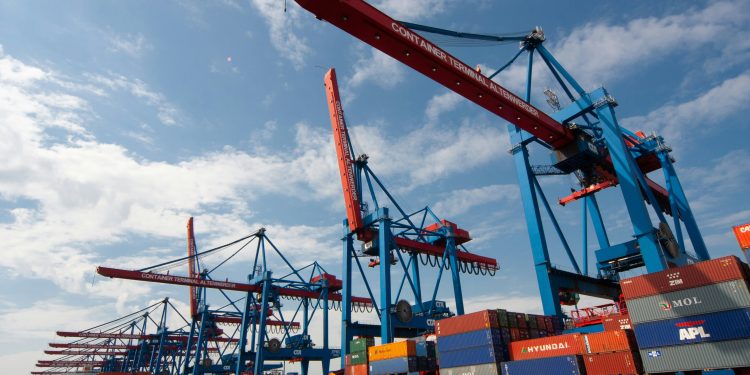The Dutch East India Company, also known as the VOC (Vereenigde Oost-Indische Compagnie), was a groundbreaking trading company that emerged in the 17th century. It also played a pivotal role in shaping the course of global trade and exerting a significant influence on the economy of its home country, the Netherlands.
Excerpt: The Dutch East India Company, with its vast resources and innovative business practices, revolutionized the way trade was conducted and laid the foundation for modern corporations.
Establishment and Structure:
The VOC was established on March 20, 1602. Granted a monopoly on Dutch trade in the East Indies by the Dutch government. It was the world’s first multinational corporation and issued the world’s first freely tradable shares, making it an early pioneer in both corporate governance and stock markets. The company operated as a joint-stock company, dividing ownership into shares that were bought and sold.
The VOC’s Influence: The Dutch East India Company had a colossal impact on the world’s economy and the Dutch Golden Age. Its ventures not only facilitated the trade of exotic goods, but also led to significant advancements in shipbuilding, navigation, and cartography.
Monopoly of Trade:
One of the VOC’s most notable achievements was establishing a monopoly over trade in the East Indies. It effectively controlled the lucrative spice trade, which was highly sought after in Europe. The company established trading posts and colonies throughout Asia, Africa, and the Americas, becoming a major player in global commerce.
The VOC’s was dominant in the trade of spices, tea, silk, and porcelain. That allowed the Netherlands to amass great wealth and become a leading commercial power during the 17th century. Amsterdam became a financial center, and the Dutch guilder became the dominant currency in international trade.
Business Operations:
One of the key reasons behind the VOC’s success was its innovative business practices. It conducted its operations in a uniquely efficient and entrepreneurial manner. The company established its own army and navy to protect its interests, and it negotiated treaties with local rulers to secure favorable trading conditions.
The VOC also pioneered the issuance of bonds and other financial instruments to finance its expeditions. It implemented modern accounting methods and employed a network of agents and factors to manage its far-reaching trade network. The company even had its own shipyard and workshop for ship repairs and construction.
Limits and Legacy:
Despite its many achievements, the VOC faced challenges and eventually declined. It struggled to maintain control over its vast territories, faced competition from rivals, and suffered financial setbacks. The company was officially dissolved in 1800.
Nevertheless, the Dutch East India Company left a lasting legacy. Its innovations in corporate governance, finance, and trade paved the way for the development of modern capitalism. It set a precedent for joint-stock companies and laid the groundwork for the emergence of modern financial markets. The VOC’s impact on the Dutch economy and global trade cannot be overstated.





















